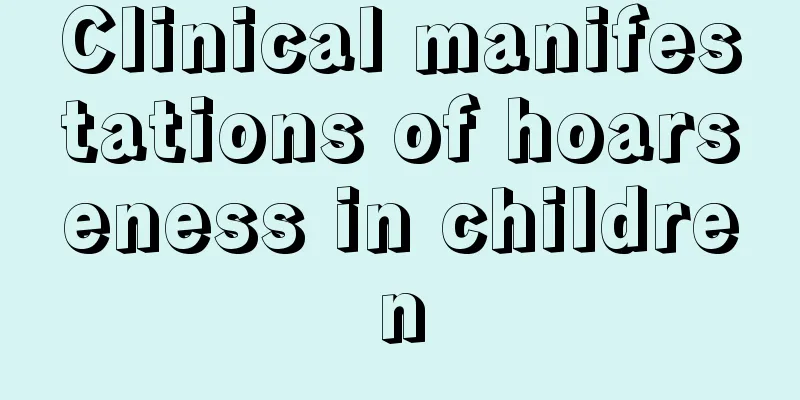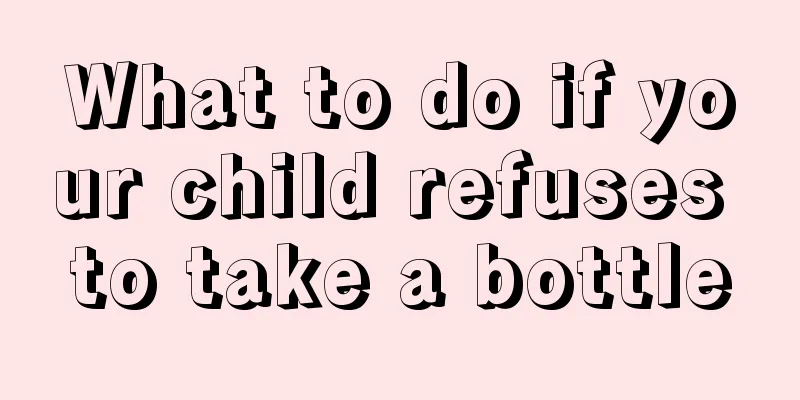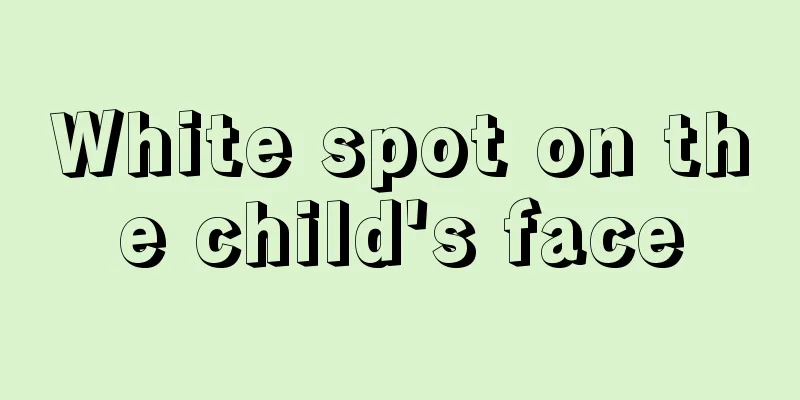Clinical manifestations of hoarseness in children

|
Parents are very concerned about their children's physical health. Parents are always concerned about their children's every move. Once the children have problems of one kind or another, parents will definitely be very worried. Some children are prone to hoarse throat symptoms, so how should parents deal with such situations? In fact, parents should master some preventive measures and conditioning methods for hoarse throat in children. Why do children have hoarse voices? Experts explain: it may be caused by a cold affecting the vocal cords, the weather is too dry, the baby does not drink enough water, or crying or making too much noise affecting the vocal cords. Recovery can be easily achieved by addressing these causes. It is recommended that your baby take a rest, talk less, and avoid shouting. Drink more vegetable juice and fruit juice that can clear away heat and reduce internal heat, such as pear juice. Pay attention to maintaining the air humidity at home, mop the floor frequently, or use a humidifier. But please note that laryngitis can also manifest as hoarseness, so you must seek medical treatment. The following are the symptoms of laryngitis. Compare them. If you feel they are similar, go to the hospital immediately! Acute laryngitis in children is an acute inflammation of the laryngeal mucosa. It can be caused by viral or bacterial infection, often secondary to upper respiratory tract infection, and can also be a precursor symptom or complication of certain acute infectious diseases. The main symptoms are hoarseness and a barking cough. In severe cases, it can lead to laryngeal obstruction and be life-threatening. Traditional Chinese medicine calls it "throat wind, laryngeal sound, laryngeal paralysis" etc. 【Clinical manifestations】 Cough, hoarseness, barking-like cough, inspiratory stridor, inspiratory dyspnea, and may be accompanied by fever. Laryngeal obstruction can be divided into four degrees according to its severity: first degree: the child is like a normal person when quiet, and only has inspiratory gurgling and inspiratory dyspnea after activity. Auscultation of the breath sounds is clear and the heart rate is normal; second degree: gurgling and inspiratory dyspnea occur when quiet, and laryngeal conduction sounds or tubular breath sounds can be heard on auscultation. The heart rate is relatively fast, which can reach 120-140 beats/minute; third degree: in addition to the symptoms of the second degree, there are also paroxysmal irritability, cyanosis of the lips and nails, bluish or pale area around the mouth, weakened or inaudible breath sounds in both lungs on auscultation, dull heart sounds, and a heart rate of 140-160 beats/minute; fourth degree: irritability turns into semi-coma or coma, with temporary quietness, gray complexion, almost disappearance of the two breath sounds on auscultation, only tracheal conduction sounds, weak heart sounds, and irregular or fast or slow heartbeat. 【Prevention and conditioning】 1. Strengthen physical exercise, improve physical fitness and prevent upper respiratory tract infections. 2. Keep the environment quiet and well ventilated. 3. Do a good job in ideological work to stabilize the child’s emotions. 4. The child should lie in a supine or semi-recumbent position, and pay attention to breathing, heart rate, etc. Any abnormalities should be dealt with promptly. For those who have undergone tracheotomy, treat them as after tracheotomy. 80% to 90% of colds are caused by viruses, and there are more than 200 types of viruses that can cause colds; 10% to 20% of colds are caused by bacteria. Babies under one year old are more susceptible to colds because their immune systems are not yet fully developed. 【Special Tips】 If your baby has no symptoms other than nasal congestion, you need to take your baby to an ENT specialist for a nasal examination. You may not know this: Even very young babies can put objects into their nasal cavity. Hoarseness in children is a common symptom, so parents do not need to worry too much. In the above article, we have introduced in detail the clinical manifestations of hoarseness in children. If parents find that their children have the symptoms described above, they should use the conditioning methods mentioned in the article to help their children. |
<<: How to deal with freckles on children's faces
>>: Symptoms of calcium deficiency in infants and young children
Recommend
How to teach children addition and subtraction?
As children grow older, parents will send them to...
Nursing methods for seven-month-old premature babies
We all know that the normal pregnancy period for ...
What food is good for children to eat in summer?
Summer is an excellent season for health preserva...
What medicine is good for children's gastrointestinal cold
The healthy growth of children has always been a ...
Introduction to myocardial injury in children
After many children are born, it is difficult for...
What are some ways to cultivate children's imagination?
Every child is a completely different individual....
Two-year-old baby's legs are not straight
Parents should observe their baby's body shap...
The baby suddenly eats less milk
Babies under one year old need a lot of breast mi...
How to correct a boy's hunchback
Hunchback is mainly a phenomenon of abnormal bone...
Symptoms and treatment of laryngitis in children
We all know that pediatric laryngitis is a very c...
How many months is it best to wean your baby?
As the baby grows older, he needs to grow up, and...
Can epiphyseal closure be self-tested?
Many parents hope that their children's heigh...
Newborn baby has trouble breathing when sleeping on his back
When the child is young, the mother wants to keep...
Can I swim after getting the vaccination?
Every baby will get vaccinations after birth to p...
Is it normal for babies to spit up?
During the growth of a newborn, careful mothers w...









